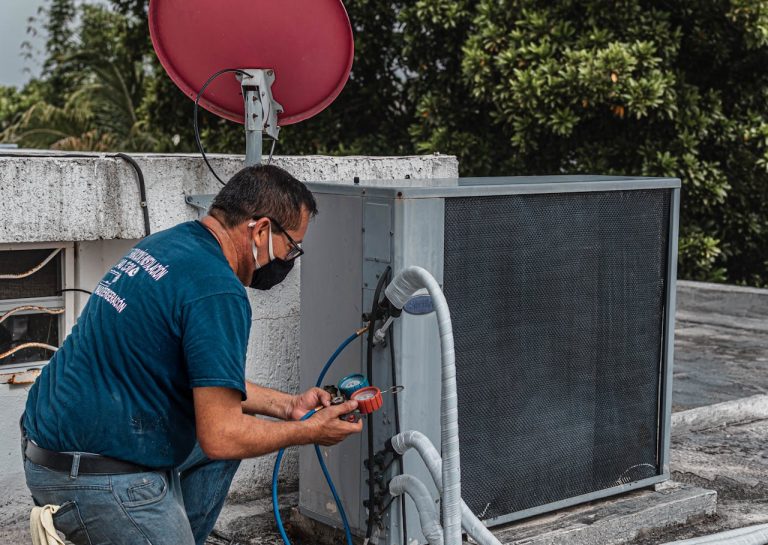Whether for flooring, walls, or backsplashes, tiling projects will change the look of a room. To get a professional-looking finish with self levelling screed, though, calls for meticulous attention to detail, careful planning, and exactitude. A little error can result in expensive repairs or a less-than-desired result. The following information offers advice on how to prevent some typical tiling errors, as well as highlights of common mistakes.
Poor surface preparation
Preparing the surface of a tiling project is among the most important stages involved. Inappropriate tile attachment caused by a badly prepared surface might produce uneven tiles or, worse, tiles falling off. Typical problems include uneven surfaces, filthy surfaces, or improperly primed surfaces. Make sure the surface is level, dry, and clean to help prevent this. Furthermore, depending on the surface—wood or concrete—using an appropriate primer or waterproof membrane will improve adhesion and longevity.
Incorrect Tile Layout
Common errors that can provide ugly results are rushing into a tiling project without a suitable layout strategy. Invisible regions’ overall appearance of the project may suffer from improperly aligned tiles or awkward cuts in them. Spend some time before you begin designing the layout to help prevent this. To examine how the tiles will look, dry-fit them, then make any required changes. Working your way outward from the center of the space, make sure any cuts find themselves in less obvious places like beneath cabinets or corners.

Using the Wrong Adhesive
Not every type of tile or surface calls for every kind of glue. Incorrect adhesive can cause tiles to move over time or loosen. For a damp area like a bathroom, for example, applying normal glue can cause tiles to come loose from moisture penetration. Choose an adhesive suitable for the kind of tile and the surface to prevent this error. Use a waterproof adhesive in damp locations.
Inadequate Grout Application
Applying grout wrong could cause problems including discoloration, fissures, or perhaps tile movement. One typical error is not fully filling the joints, which weakens the tile bond. Press the grout firmly into the joints using a rubber float to ensure they are totally filled and help to avoid this. Before the grout sets, wipe away extra with a moist sponge; take caution not to remove too much grout from the joints though.
Skipping the Sealing Process
To protect some tiles—especially natural stone—from stains and moisture, grout and some tiles call for sealing. Ignoring this stage could cause discoloration, mold growth, and over time degradation. Always find out whether your tiles or glue require sealing to avoid this error. Following product directions, apply a premium sealer; then, reapply it as advised to keep protection.
Complex tiling tasks call for great attention to detail. A successful and long-lasting result can be ensured by avoiding five typical mistakes—poor surface preparation, such as failing to use self levelling screed, inappropriate layout, wrong adhesive choice, inadequate grout application, skipping sealing, and disregarding expansion joints. Investing time to precisely design and carry out your project will help you to produce a professional finish that improves the use and beauty of your area.


























